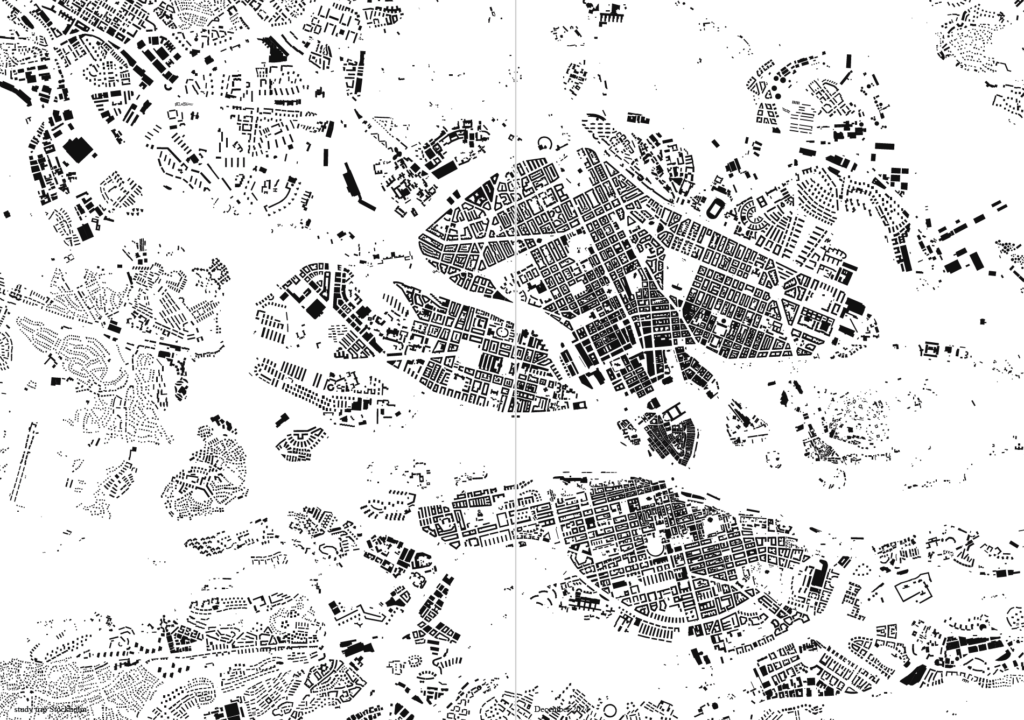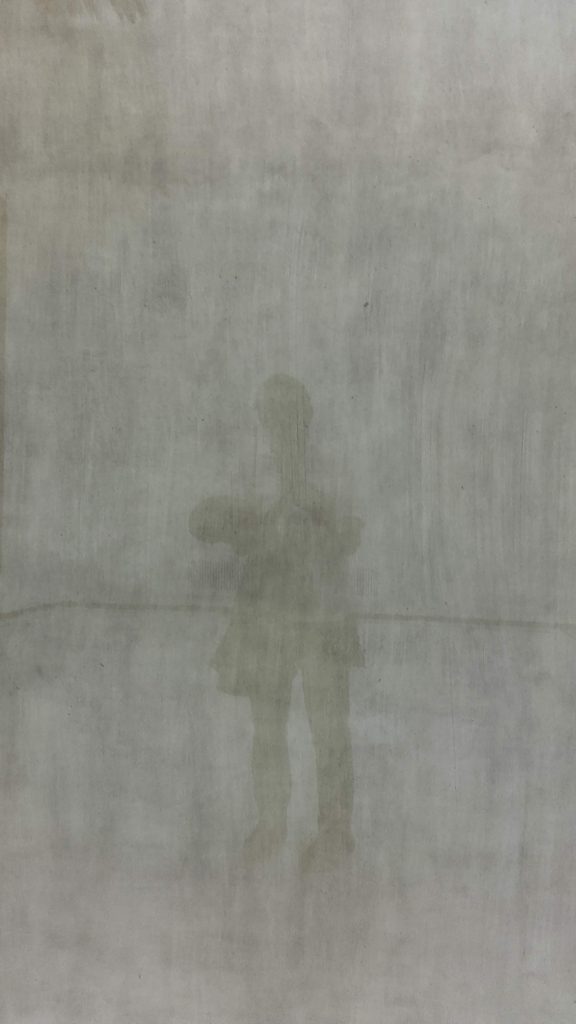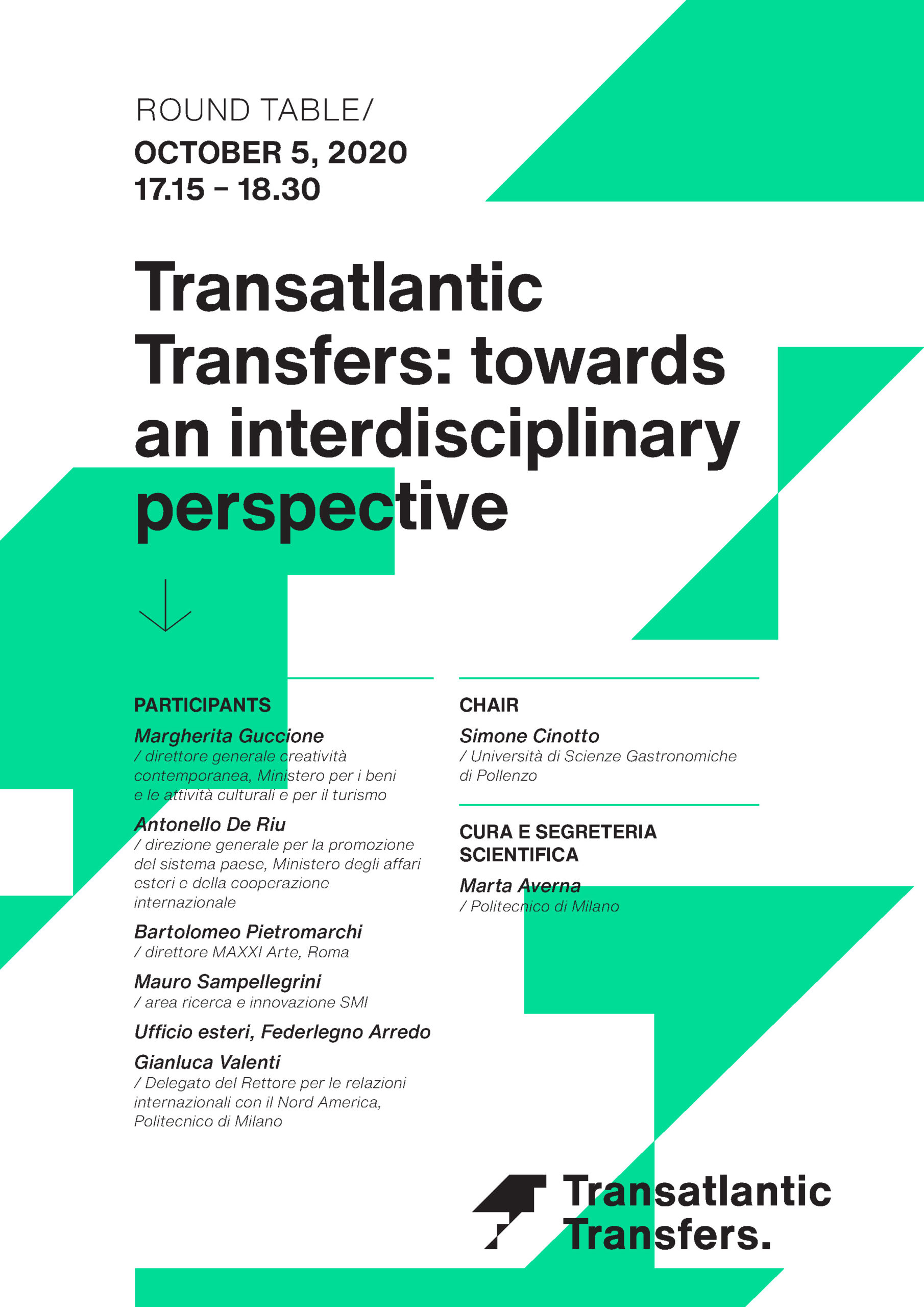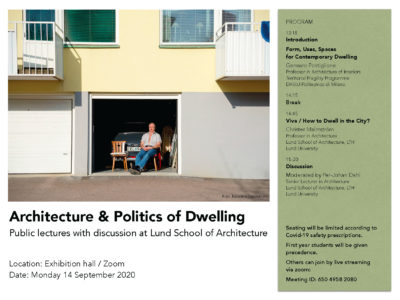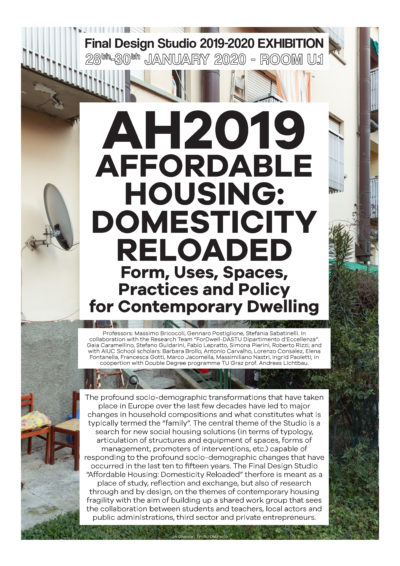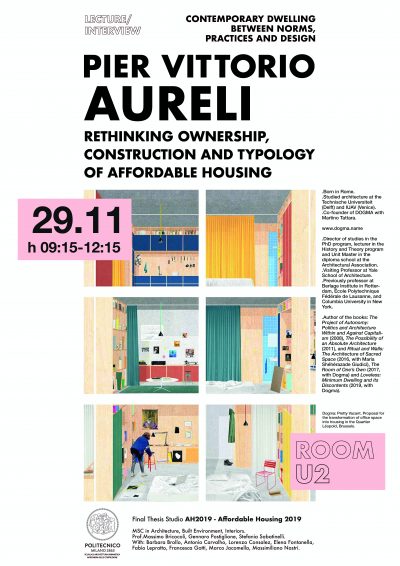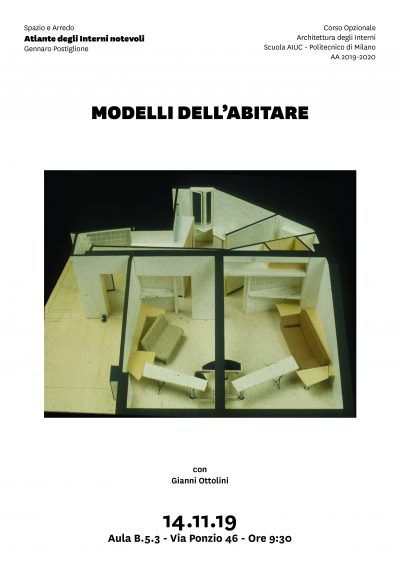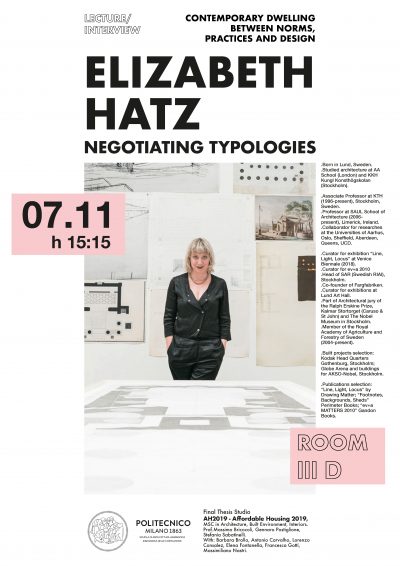* Tips received – and very well accepted – by an International colleague teaching in Scandinavia.
7 things to think about to improve your work from home situation
By now most of us are back to work – but probably not “at work” – after the holidays. Here are seven points to check to make the most of your work from home situation.
Under the current circumstances, more and more people are forced to try working from home – and will soon discover that it may not be as comfortable as it sounds. In addition to the home’s ergonomic shortcomings, there are also other difficulties, such as finding focus and a boundary between work and leisure. But everything works and here are seven tips on how to work efficiently even at home.
1. Select a dedicated workspace
The first priority is to allocate a special area so that the workplace is kept separate from the rest of the home. Partly to avoid cleaning up after each work shift, partly to get “a job to go to” – a mental space that makes it easier to separate the job from free time. It is best to have a separate room that you can close and only use to work in. If you have no room left over, you can choose another delimited area, for example the area under the stairs.
2. Make sure you sit comfortably
The kitchen chair is not an option in the long run, you need the comfort and functionality of a real office chair Since you are likely to sit and work for several hours every day, and incorrect sitting causes many problems, it is important to have a chair that follows your body’s movements and helps you to sit right.
3. Get a good desk
One of the benefits of having a special work table is that you can leave things behind after the end of the work day. And there are desks in many different formats and designs to choose from. A height-adjustable desk costs a little more, but pays off quickly. Being able to change position during long working days is nice for the body, and you also become both more productive and creative when standing!
4. Upgrade the technology
To be able to work efficiently, the home office’s technical capacity should preferably be on a par with your regular workplace. Think about what features your computer and phone should have and choose professional versions of the software packages. Also make sure to upgrade your internet connection if necessary.
5. Review the lighting
Good lighting makes a big difference to the work effort. Natural light is always best, so try to place your desk as close to a window as possible. Your workplace should also have adequate ceiling lighting so that you do not have to rely on daylight. A table lamp makes it easy to work even during the evening shift. In order not to strain the eyes unnecessarily, the light should not shine directly on the computer screen.
6. Structure your day
Try to have structure in the working day even when you work from home. Get up at the same time as usual. Feel free to take a short walk before work, then you get fresh air while you mentally adjust to “going to work”. Keep to your routines, have lunch as usual and end the day at the usual time. Finish by writing a checklist of what to do the next day. Then you have all the prerequisites to succeed.
7. Spend time with colleagues
Perhaps the biggest difference initially is that you are not surrounded by happy colleagues. It may feel boring, but working from home does not have to mean an end to your social contacts. You and your colleagues can, for example, try to take coffee breaks together via Facetime or Skype. But since everyone can have their unique needs – try not to “disturb” each other during the lunch break.
